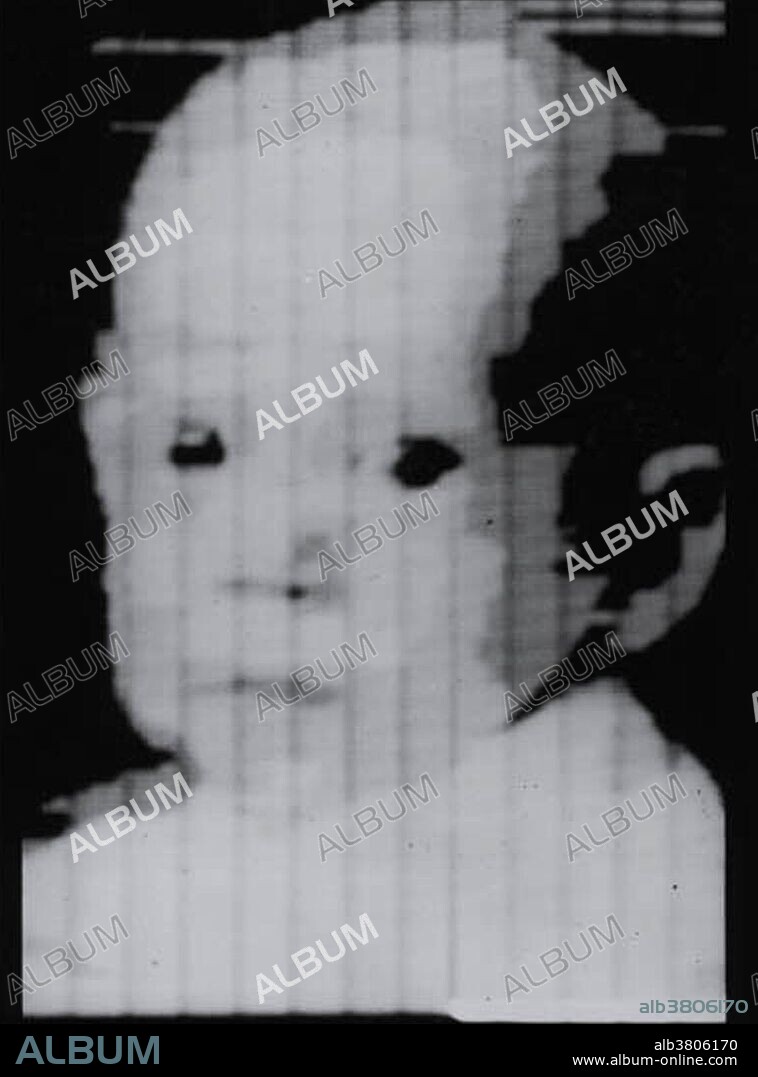alb3806170
First Digital Scan, 1957

|
Ajouter à une autre Lightbox |
|
Ajouter à une autre Lightbox |



Avez-vous déjà un compte? S'identifier
Vous n'avez pas de compte ? S'inscrire
Acheter cette image

Titre:
First Digital Scan, 1957
Légende:
Voir la traduction automatique
Russell A. Kirsch (born 1929) is an American former engineer at the National Bureau of Standards who developed the first digital image scanner. SEAC (Standards Eastern Automatic Computer) was demonstrated in April 1950, and in May 1950 it went into full production, making it the first fully functional stored-program electronic computer in the US. In 1951 Kirsch joined the National Bureau of Standards (NBS) as part of the team which ran SEAC. In 1957, Kirsch's group developed a digital image scanner, to "trace variations of intensity over the surfaces of photographs", and made the first digital scans. One of the first photographs scanned, a picture of Kirsch's three month old son, Walden, was captured as just 30,976 pixels, a 176 x 176 array, in an area measuring 5 cm x 5 cm. The bit depth was only one bit per pixel, stark black and white with no intermediate shades of gray, but by combining several scans made using different scanning thresholds, grayscale information could also be acquired.
Crédit:
Album / NIST/Science Source
Autorisations:
Modèle: Non - Propriété: Non
Questions sur les droits?
Questions sur les droits?
Taille de l'image:
3110 x 4200 px | 37.4 MB
Taille d'impression:
26.3 x 35.6 cm | 10.4 x 14.0 in (300 dpi)
Mots clés:
AMÉRICAIN • CÉLÈBRE • CELEBRITE • ÉVÉNEMENT • HOMME • ORDINATEUR • RECHERCHE • TECHNICIEN • XXE SIECLE
 Pinterest
Pinterest Twitter
Twitter Facebook
Facebook Copier le lien
Copier le lien Email
Email
